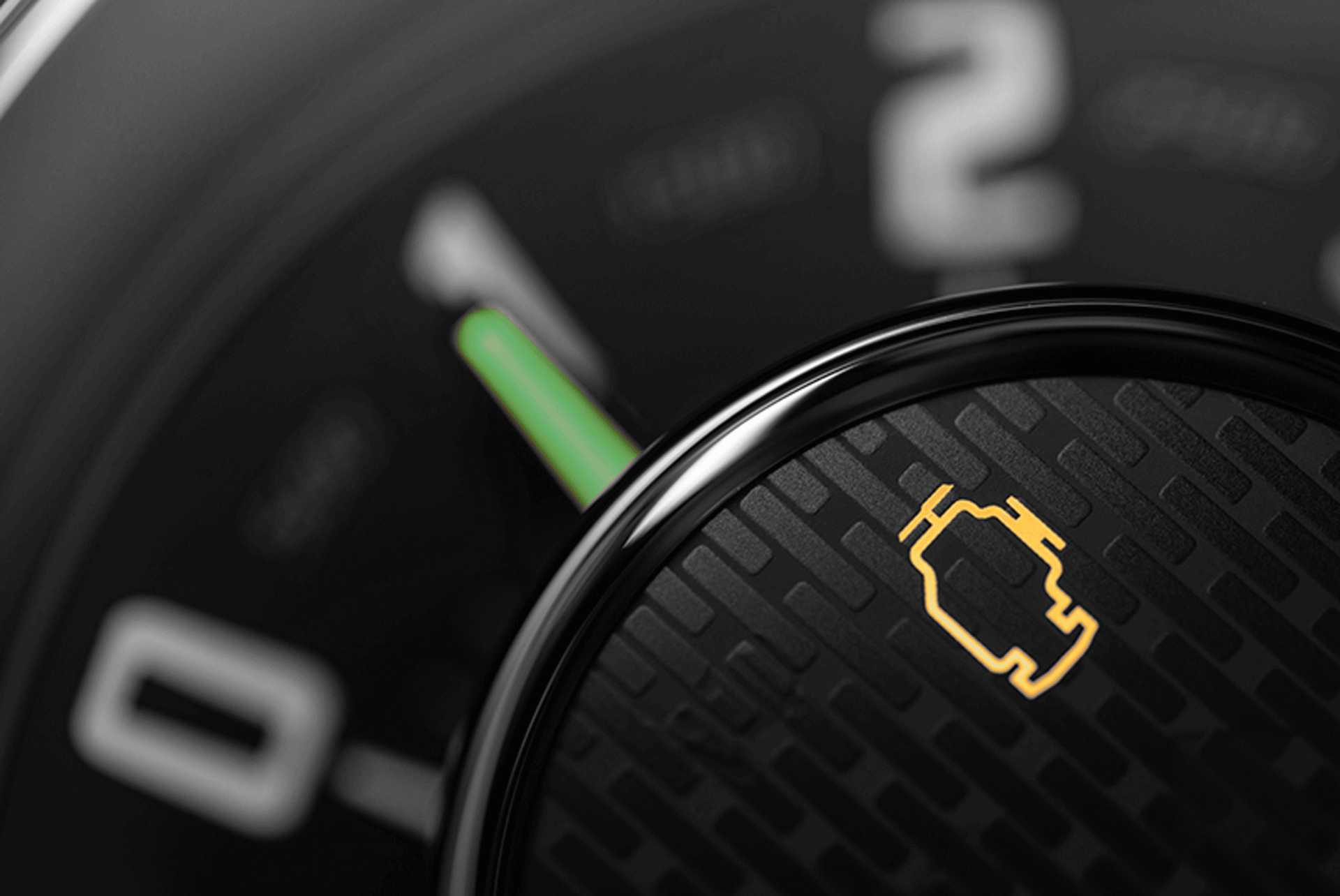
How long has your check engine light been on? Did it come on this morning? Has it been glaring at you for two weeks? Have you played hide and seek with it for the last two years? You can’t wait out that check engine light forever.
We’ve got good news. It’s probably not as severe or expensive as you think. Especially not if you act now.
It is possible that you just need a new gas cap. Emissions monitoring systems can trigger the check engine light. A loose or broken gas cap can emit fumes or allow more air in, increasing emissions and decreasing fuel efficiency.
The best news is that a gas cap is inexpensive to replace, can be done by almost anyone, and will ultimately save you money at the gas pump.
This explainer from AutoZone makes it even easier:
Oxygen Sensor
A faulty oxygen sensor has similar implications as a loose gas cap — reduced fuel efficiency and increased emissions. A broken sensor can also cause your engine to misfire and stall.
This is a little bit harder to replace. Still, with a special socket (less than $10 at Harbour Freight) and a new oxygen sensor from the local auto parts store (under $100 in some cases), most people with some mechanical knowledge and access to YouTube can handle the job.
The mass airflow sensor is a lot like the oxygen sensor — but different. The airflow sensor monitors air during the fuel intake process, while the oxygen sensor monitors the air in the emissions process.
You can often purchase these sensors for less than $50, and the friendly folks at O’Reilly Auto Parts even made a step-by-step video for cleaning and replacing yours.
Spark plugs are tiny and inexpensive, but they have an outsized impact on your car’s performance. They are the spark that lights the fire of your combustion engine. Without that spark, your car doesn’t drive.
When they begin to wear and go bad, your car will feel rougher when idling and begin misfiring when you try to start it.
You can purchase a new set of spark plugs for as little as $20, and with a socket wrench, some pliers, and a little bit of time, you can do it yourself.
This guide from the Family Handyman will make the whole process even more accessible.
But if you don’t want to do that, your local mechanic should be able to help you for $200 or so.
This is another $20 and a couple of hours project if you’re decent with wrenches or valves. There are even some reputable guides like this one from New Parts.
But your mechanic will gladly do it for $300–$400.
This is the biggest concern for your check engine light, but catalytic converters usually last more than ten years and 300,000 miles.
Here’s an almost surefire way to tell if your catalytic converter is triggering your check engine light: Does your car exhaust smell like rotten eggs? A failed catalytic converter will also noticeably decrease your car’s acceleration.
Can you replace this yourself? Sure, but only if you’ve got a jack and a great deal of comfort underneath a car. Likely, you’ll have to spend $2,000 or more at your local auto repair shop.